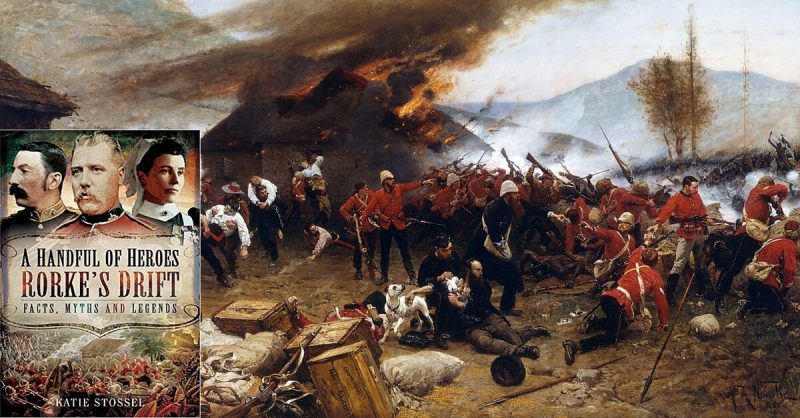It could be argued that the golden era of classic war movies has now passed. The 50’s and 60’s offered a wide range of military dramas, but the quality of the genre may have declined in recent years. One movie from the mid 20th Century stands out in particular, having assumed an almost legendary status. Cy Endfield’s Zulu is the epic story of the siege at Rorke’s Drift in 1879. It has achieved something of a mythical place in the genre’s history, perhaps because the plot of the movie has become enmeshed with historical fact. As with most movie treatments it tells a version of true events – a version that is far from definitive.
The film has added to the legendary nature of Rorke’s Drift, while continuing to lionize the British defenders and the Zulus, for whom there remains immense admiration as disciplined and valorous fighters.
The actual events of January 1879 are bewildering in themselves. Local political and military colonial figures precipitated a war with a friendly neighbor for short-term goals and hoped for a swift victory. Unfortunately, the senior military man, Lord Chelmsford, was guilty of a sequence of staggering mistakes, leaving his invasion force oblivious to their peril at Isandlwana.
At Isandlwana, some thirty thousand Zulus attacked their camp on the morning of January 22nd 1879. The Zulus’ bravery in the face of the British volley can never be underestimated, and likewise the great majority of 1,500 British soldiers who stood their ground and fought to the death. Relatively few escaped with their lives, and many of them faced negative scrutiny from their peers. The majority fought and died.
The image of redcoats standing shoulder-to-shoulder, firing volleys from their Martini-Henry rifles, is a popular one. However, in truth those men stood some feet apart and only managed three full volleys before they were overwhelmed. The Martini-Henry rifle has a fearsome kick and created a wall of smoke the Zulus used as cover in their approach.
Lord Chelmsford sought to avoid the full brunt of blame for the incident, and the stand at Rorke’s Drift – where a company of the 24th Foot stood firm against at least 3,000 Zulus – offered an excellent diversion. The glory of their defense distracted attention from the disaster at Isandlwana, allowing Chelmsford to largely avoid the anger of Parliament and the press. The defense of Rorke’s Drift, however, does deserve our admiration.
The film Zulu is typical of its time. Released in 1964, it followed the trend for accentuating the upper class officer caricature, at a time when the issue of class was at the forefront of many minds. As previously stated, it isn’t a strictly accurate depiction of the events it covers.
There are, however, many books on the topic of Rorke’s Drift and Isandlwana. Though the book reviewed here should not be your first dip into the history of the Zulu War, it is an essential one. It provides readers with a wider understanding of the events and their aftermath.
The author, Katie Stossel, sets the story straight in her book, since it is essential to retain the histroical facts, even they run contrary to the popular version. The author shows how some commonly accepted “facts” about Rorke’s Drift are far from true. Not all of her observations will be universally popular, but she offers compelling arguments and fascinating insight.
This book reads well and holds our attention. The level of detail can almost be overwhelming at times, but the author recognizes this and makes sure to keep the overall narrative accessible to the reader. It is an example of a writer using the widest available resources to reassess established history. Katie Stossel frequently acknowledges the work of others and although her name is on the cover she more than likely sees it as a team effort; her respect for her peers is very evident.
Questioning perceived history needs bravery and determination, and the author cracks on with this task admirably, regarding the popular version of events as bordering on mythology. It is the job of historians to challenge accepted ‘facts’. The author does the job here with style and grace. Wherever the definitive story of Zululand lies, Katie Stossel is on the case. Great stuff!

Reviewed by Mark Barnes for War History Online
A HANDFUL OF HEROES
Rorke’s Drift – Facts, Myths and Legends
By Katie Stossel
Pen & Sword Military
ISBN: 978 1 47832 822 3
